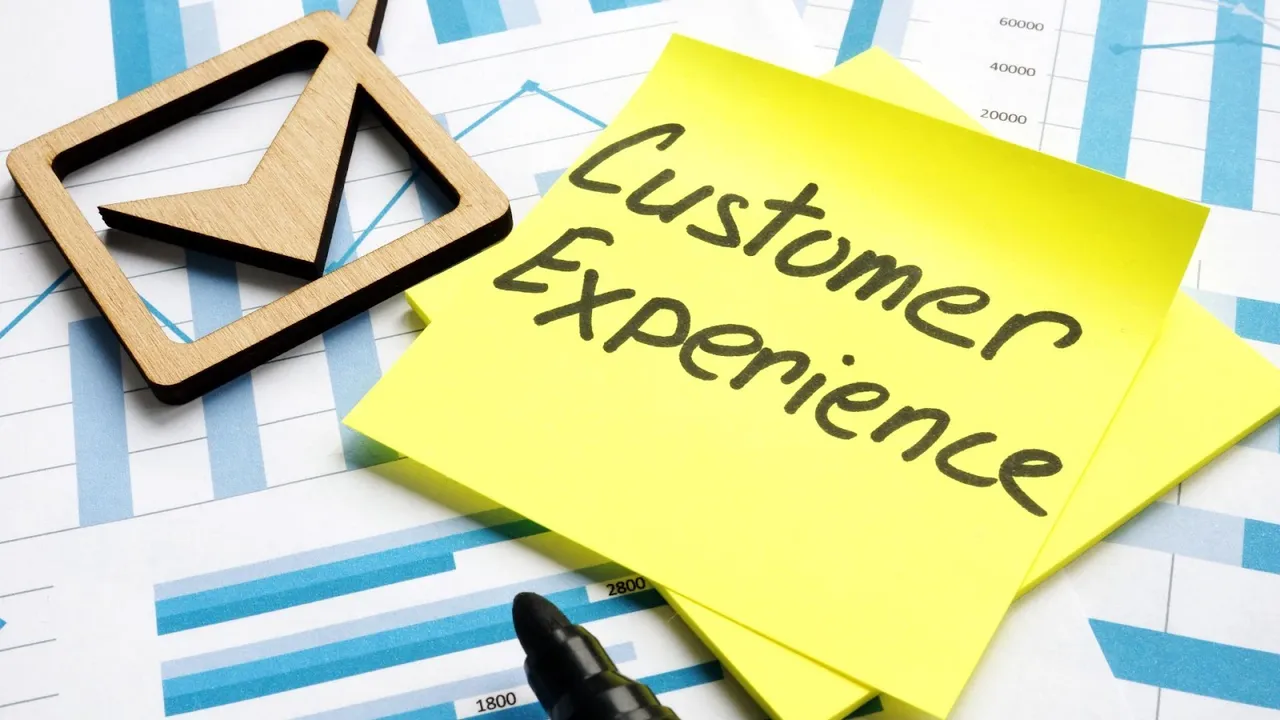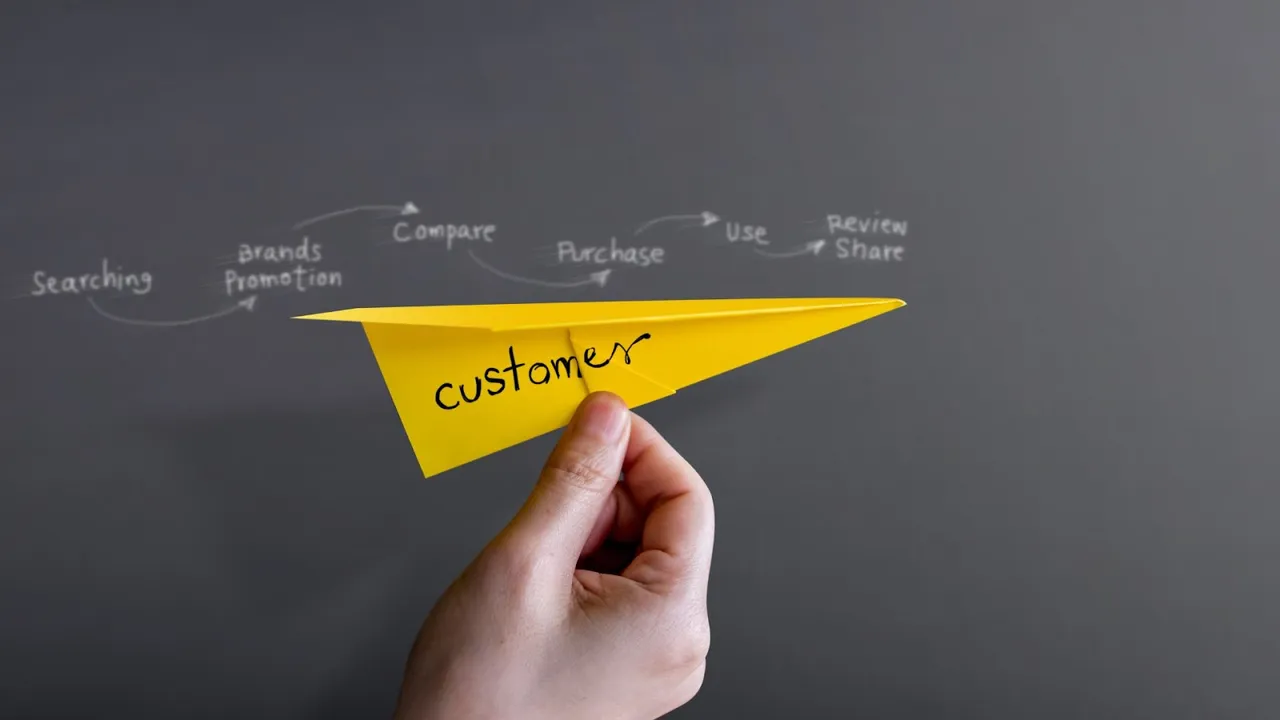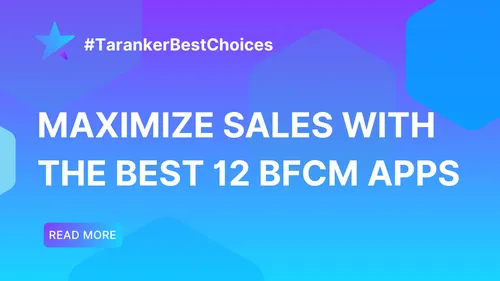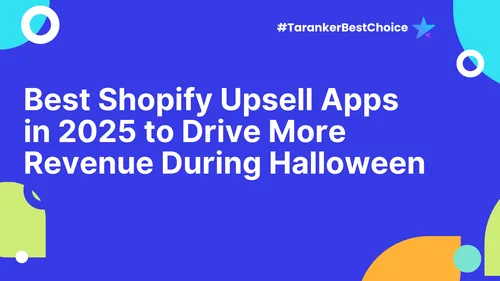Selling great products alone doesn’t guarantee repeat customers anymore. Since customers’ expectations rise, the need for a tool that builds loyalty and drives sales is higher than ever. But did you know that this tool is already available to anyone, for free of charge?
That tool is a customer experience, which is a key differentiator in eCommerce these days. More than 80% even reported being ready to pay more for a better experience. But it’s not just a statistic. It’s a call to action.
So, today you’ll explore eight practical tips on how to improve customer experience in your store. Whether you have a new store or want to optimize an existing one, these strategies will help you build loyalty, trust and make people come for more.
Let’s get right to it.
Why Customer Experience Matters in Shopify?
Personalised customer experience is critical if you don’t want people to switch to a competitor after one interaction with your store.
Online shoppers now expect fast, seamless and exclusive experiences. If you manage to provide that, you get repeat purchases, word-of-mouth marketing and higher average order values.
So, there is a direct link between your sales and the experiences you offer.
While Shopify covers most of the customers’ needs, it’s your strategy and the tools you use that determine whether you turn visitors into loyal customers.

1. Optimise Navigation and Design
Whether people land directly on the product page, homepage or a category, it needs to be easy to navigate. A clean and intuitive navigation allows customers to find what they need fast. That’s what they came here for, right?
If it’s a homepage, highlight your best-sellers and featured products. If it’s a collection page, add an easy-to-spot search bar with auto-suggestions and filters. If it’s a product page, make sure the “Add to Cart” button stands out the most and that nothing distracts people from clicking it.
A cluttered layout equals frustrated customers and high bounce rates. You want to make sure that doesn’t happen to you.
2. Speed Up Your Store
More than poor navigation, people hate stores that take ages to load. And it’s not just about the user experience.
Google also uses loading speed as a ranking factor. So, if your website is not optimised, you not only lose customers, but the opportunity to get new ones. Google simply won’t push you high in search, exactly where you get the most attention.
Compress images, enable lazy loading and minimise the use of third-party apps that could slow you down. That’s the best way to start your speed optimisation journey and improve Shopify SEO.
3. Personalise the Shopping Experience
Every customer wants to feel unique. And if you can provide that feeling of uniqueness, you find yourself a loyal customer.
One of the ways to achieve that is personalisation - in the shopping experience, email campaigns and post-purchase communication.
Use dynamic product recommendations, like “You may also like”, “Recently viewed”, or “Who bought this also bought that” to guide customers towards relevant products.
Monitor your analytics and analyse the customer journey in your store. Personalisation is most powerful when based on behaviour.

4. Improve Product Pages
People are more likely to purchase your products if you tick off all the questions and concerns they might have before the purchase. You can do all that with a properly structured and organised product page.
Include high-quality visuals, e.g. videos, HD images, 360° views, to enhance product understanding and make customers more confident in purchasing.
Show people that others already trust you through testimonials, trust badges and reviews.
Besides, making return policies and shipping information easy to find is essential to reassure buyers and foster trust.
5. Create High Support Standards
Once people place an order in your store, the last thing they want is to worry about that order being delivered. Clear communication and reliable support help unveil those doubts.
People want quick answers and assistance. Offer them just that with a live chat or direct assistance through the Login as Customer app.
Besides, make sure to provide support across multiple channels like email, WhatsApp, Facebook Messenger, etc. You should be easy to get in contact with.
And if you want to reduce any friction before purchase and provide instant solutions, create a well-structured FAQ page.
6. Offer Seamless Checkout
As it appears, people clicking the “Add to Cart” button don’t guarantee a purchase. People can abandon their cart or checkout at any time, especially if it’s hard to complete and navigate.
Make sure to use all the perks of the Shopify one-page checkout and enable the guest checkout to reduce the friction.
Moreover, pay attention to the payment option you offer. They should satisfy the needs of various customers. So, include all popular payment options like Apple and Google Pay, “Buy Now, Pay Later” from Afterpay or Klarna, and others preferred for your region. It improves conversion and speeds up the transaction for many.
7. Build Loyalty Through Rewards
Customers keep expecting more from stores. Thus, even if they are satisfied with your service, they can go somewhere else where they are offered a better incentive. Creating a loyalty program helps to make sure that it never happens.
Reward customers for purchases, social media shares and referrals. Offer surprise discounts, small gifts included in their orders or birthday deals.
This not only boosts your sales and increases retention. It builds a stronger bond with your brand.

8. Leverage Email Marketing
Email marketing has proved to be one of the most effective ways to improve customer experience and build trust. But the point is to send personalized messages.
Segment your customers into groups based on the average order value, number of orders or products purchased and act on that.
Send your Shopify blog how-to guides, product care tips, thank-you messages, and upsell opportunities post-sale. And remember that it’s always easier to sell to an existing customer than to get a new one. Email marketing is a perfect way to achieve the former goal.
9. Monitor and Continuously Improve
As we’ve already told you, customer expectations grow and change over time. What works now can feel extremely outdated in 2 years from now. So, continuous improvement is key.
Use tools like Google Analytics 4, Hotjar, or built-in Shopify reports to analyse customer behaviour and identify possible issues.
To get even more insights, run the A/B testing for product images, call-to-action buttons, headlines, etc. It helps you ensure that your stay is aligned with your customers’ needs.
Make Shopify Customer Experience Your Competitive Advantage
Improving customer experience has a compounding effect on customer satisfaction, loyalty and conversions. It’s a growth strategy which includes a lot of aspects.
But you don’t have to wait for customers to complain. Start improving their experience today - from speeding up your website to personalised communication and better support.







